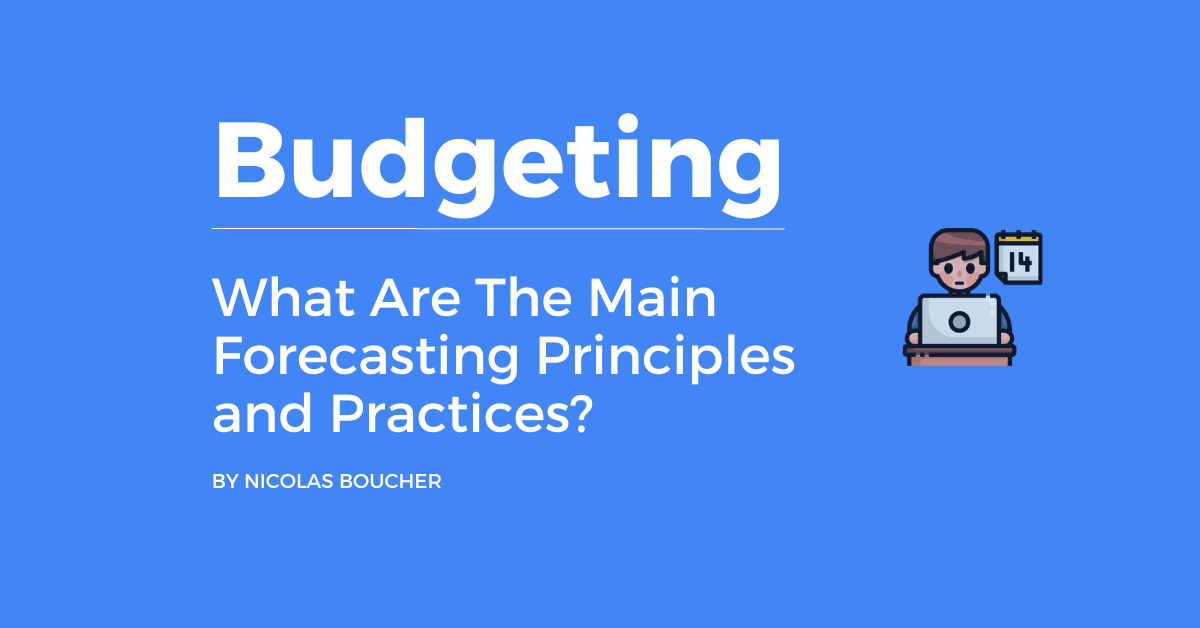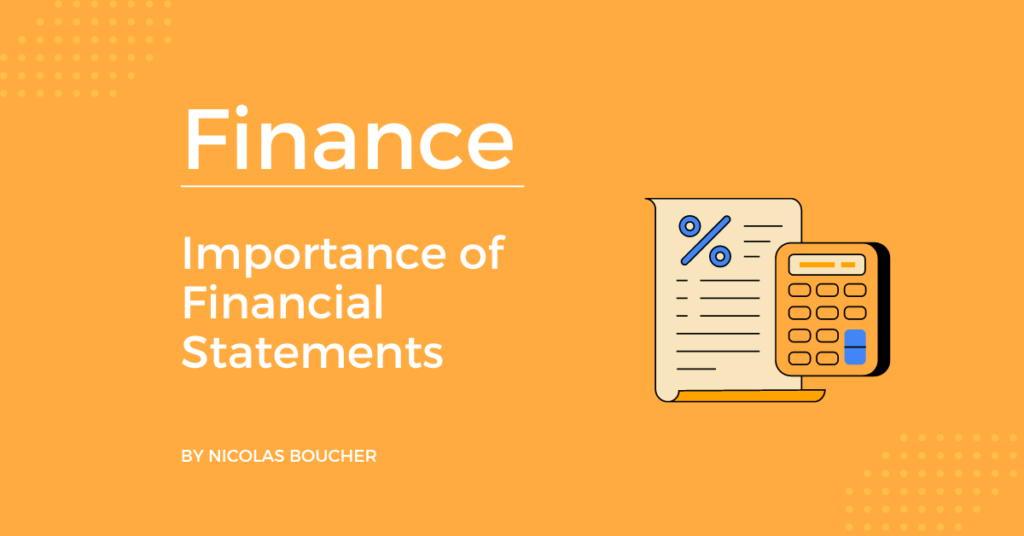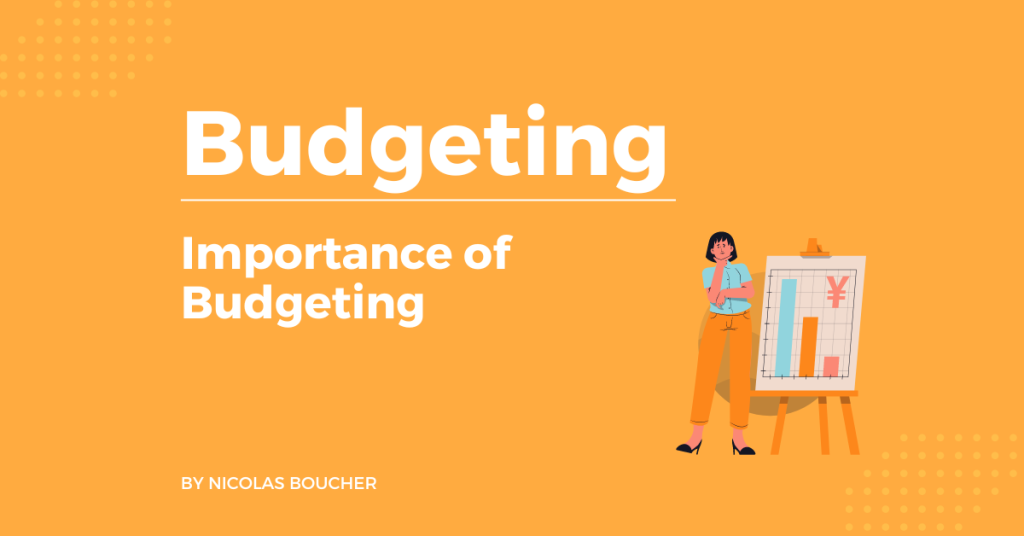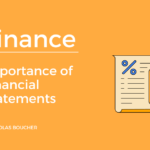Accounting often requires assessing previous results. Both shareholders and the general public may see corporate success through financial outcomes. However, arranging and planning for the future is as crucial.
Investors need to know that a company has been and will be successful. Financial planning is necessary here. Here’s an overview of the main forecasting principles and practices and how to implement them.
Table of Contents
What Is The Purpose of The Main Forecasting Principles and Practices?
The financial forecast’s goal is to assess the fiscal situations of the present and the future in order to inform choices about plans and policies. A financial forecast is a tool for fiscal management that gives expected data based on previous, present, and future financial circumstances. This will make it easier to spot potential changes in revenue and spending patterns that might have an immediate or long-term impact on public policies, corporate objectives, or community services. The annual budgeting process includes the forecast as a crucial step. An accurate prediction enables better decision-making for upholding budgetary responsibility and providing crucial public services.
What Does The Budget Represent?
A budget is a plan outlining goals and objectives for a specific time period, often one year. The following are elements of budgeting:
- A projection of revenues and costs
- Future cash flows
- The expected reduction in debt
A company’s financial situation, cash flow, and objectives are represented in the budget. Based on how management wishes to update the data, a company’s budget is often reevaluated frequently, typically once every fiscal year. Budgeting establishes a baseline against which actual outcomes you need to compare to ascertain how they differ from anticipated performance.
Although it is a general rule that budgets be made for a complete year, this is not always the case. For certain businesses, management may need to be adaptable and permit budget adjustments as market circumstances change over the course of the year.
Steps of The Forecasting Process of Applying The Principles and Practices
Here are the steps of the process of applying the forecasting principles and practices.
Definition of Assumptions
Identifying the basic problems that have an influence on the prediction is the first stage in the forecasting process. The outcomes of this first stage will assist forecasters in coming to an agreement on the process objectives and will shed light on which forecasting techniques are most suitable.
Collect Information
Use statistical information as well as the collective wisdom and knowledge of people inside the company and maybe even outside it to help the forecasting process. Department heads, for example, may be aware of what is going on in their particular area.
The goal of this stage is to raise the forecaster’s level of expertise regarding the factors affecting revenues and expenses. This would also cover situations that can disturb the current trends and the working environment. Both are crucial for forecasting because they enable the forecaster to construct quantitative models more intelligently and to produce a forecast using their own discretion. To provide a starting point for the financial forecasting process at the beginning of each cycle, you need to record assumptions for future reference.
Exploratory/Preliminary Analysis
The analysis should look at recent economic data and important historical data. By providing the FP&A analyst a greater understanding of when and which quantitative approaches can be applicable, as well as by being a beneficial addition to other forecasting techniques, this enhances the forecast’s quality. The analyst seeks out recurring trends or patterns. The forecaster should pay close attention to any information that:
- Business cycles
- Market trends
- Relations between different variables
- Historical abnormalities and outliers
- Qualitative information from operational stakeholders
Choose the Methods from The Main Forecasting Principles and Practices
Decide whether to employ qualitative or quantitative forecasting techniques. Remember that the approach used for one program may not be the same for another. In certain situations, complicated procedures may provide more accurate results, but generally speaking, simpler methods work equally as well or even better. Simpler methods also demand less information, less forecasting expertise, and less work in general. Some of them are:
- Regression/econometrics
- Extrapolation
- Hybrid forecasting
Implement The Methods
The strategies for implementation include forecasting and employing predicted ranges. It may be a good idea to create a variety of projected outcomes using various scenarios. A strategy that has been carefully thought out and extensively debated should include many estimates.
Present the Forecasts to Management
A forecast’s main function is to provide information and support decision-making for the management. An appealing and informative forecast presentation needs three things in order to succeed:
- Reliability of the presenter. If a forecast is to be taken seriously, its speakers must be seen as credible. Work on getting credibility by building trust before the meeting and during the presentation.
- Presentation style. A focused message is the core of a strong forecast presentation. Work on your presentation skills and your finance storytelling to ensure that your message goes through.
- Forecasting and decision-making simultaneously. It will be crucial to stress the forecast’s significance as a vital component in the planning and budgeting process in order to increase decision-makers interest in it. This entails placing a focus on choices that will have a positive financial impact and use the forecasts to validate this choices.
The Final Verdict – Importance of the Main Forecasting Principles and Practices
Though it never offers a guarantee, forecasting is essential for making choices. No matter what stage or sector your company is in, it’s critical to retain a forward-looking attitude since planning for the future effectively requires taking note of past trends. Therefore, utilizing the main forecasting principles and practices is an integral part of the growth of your company.
Consider enrolling in my online course if you’re interested in learning more about forecasting and its function in business. Also, you can subscribe to my newsletter to receive financial tips to become a better finance professional.











